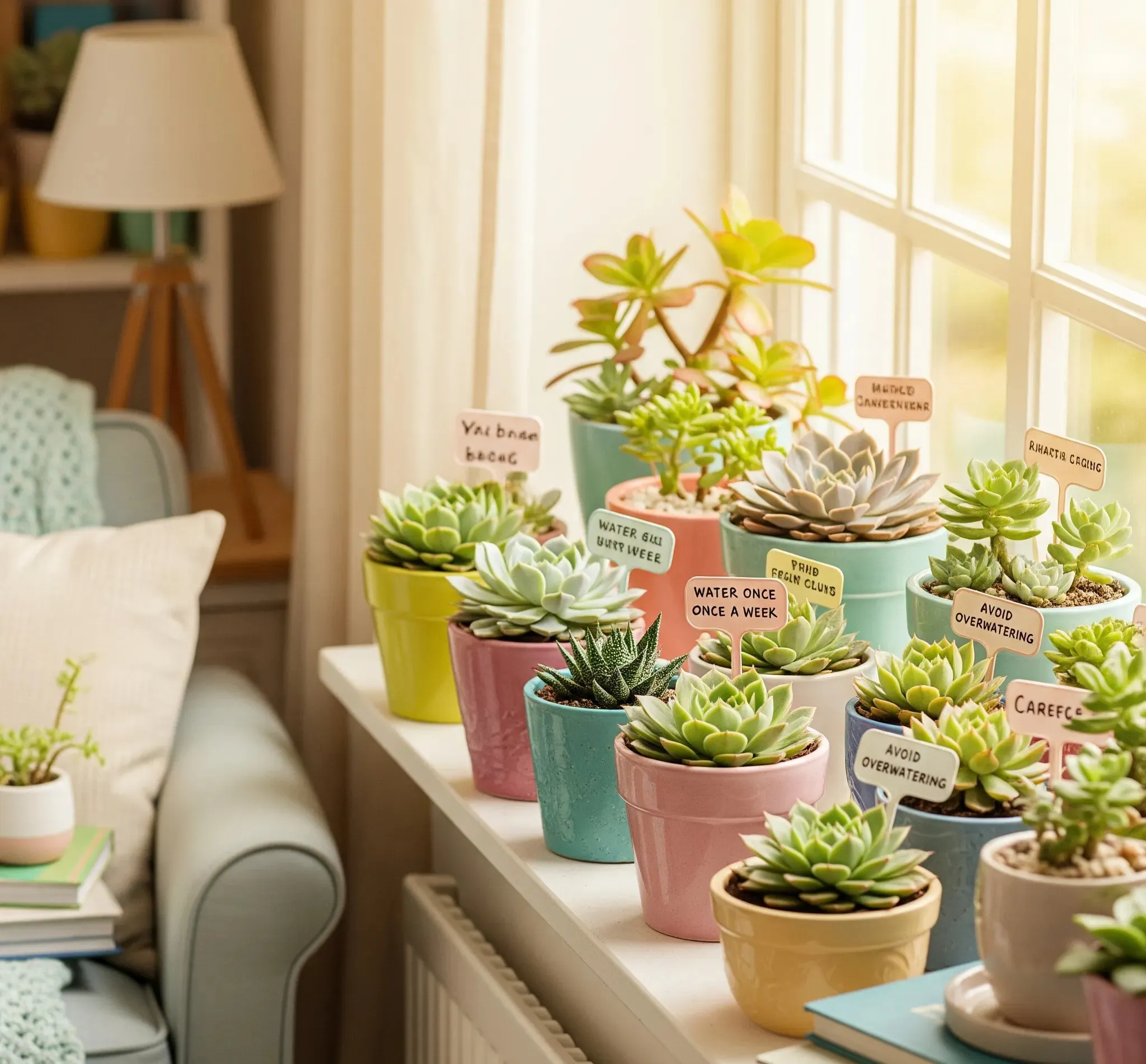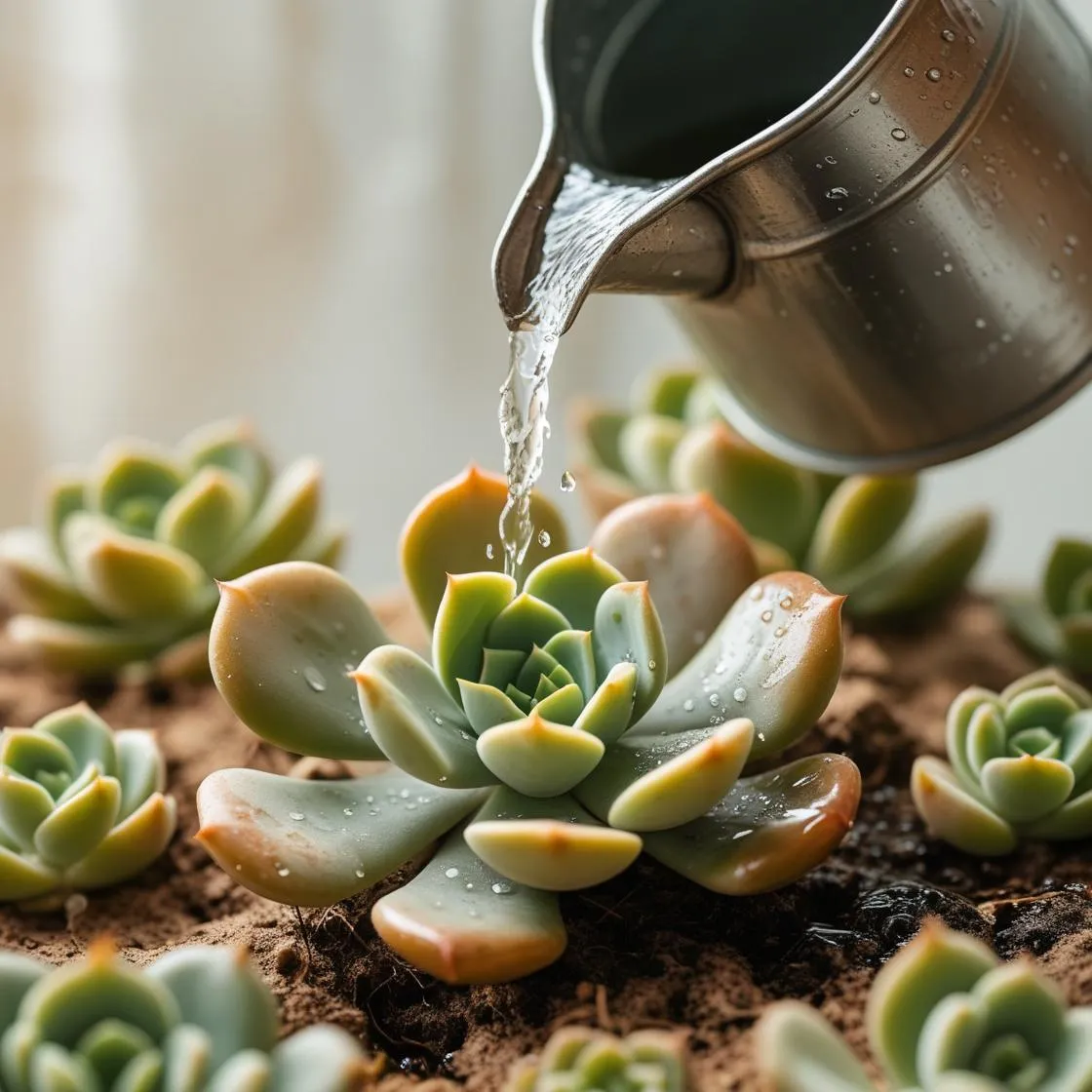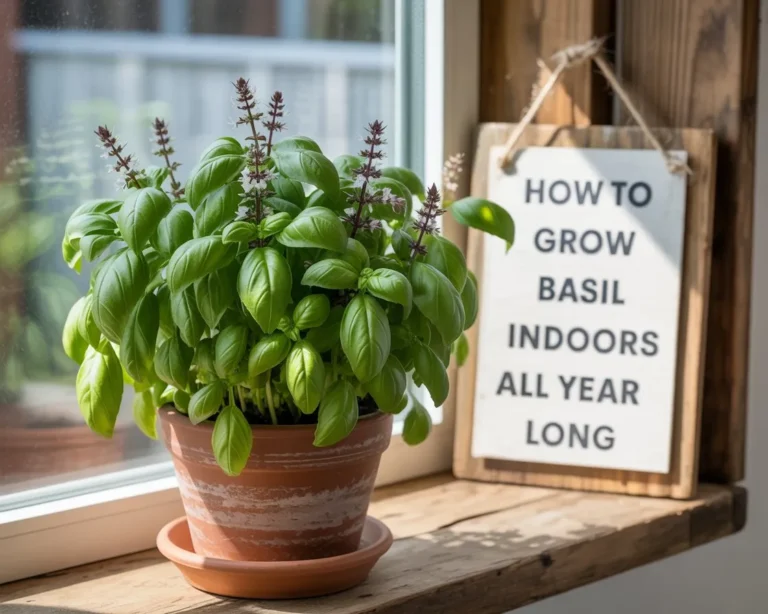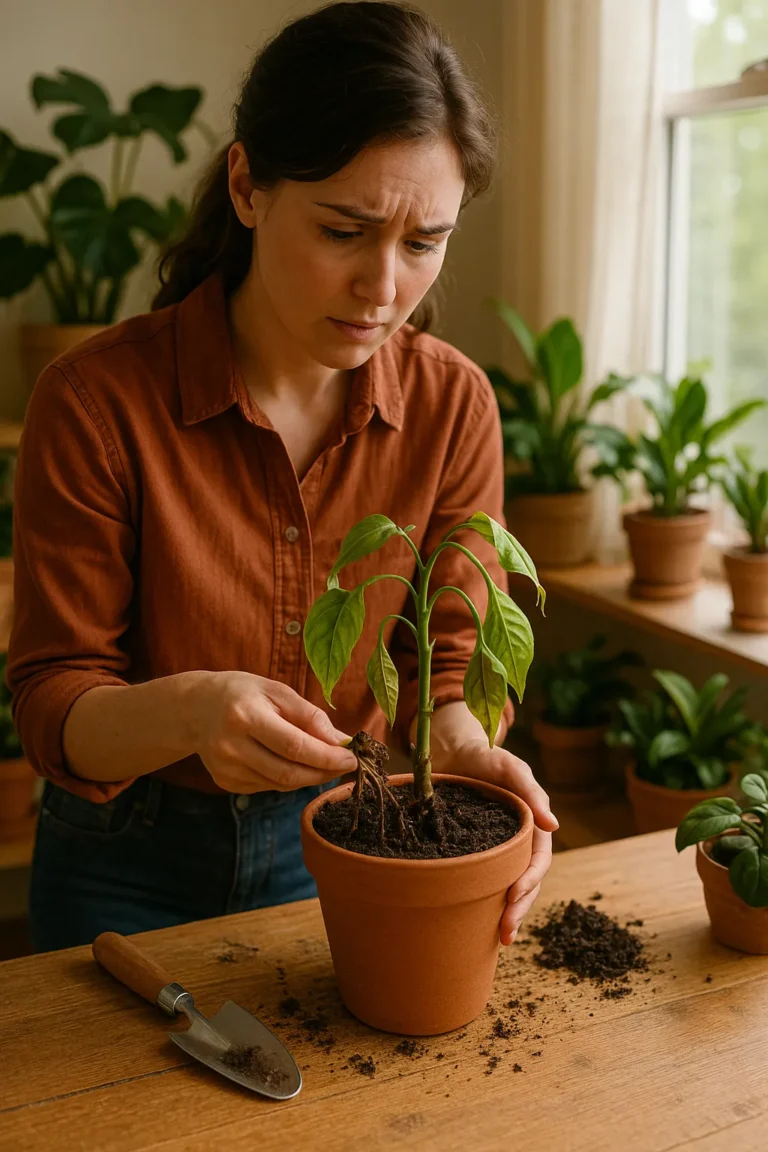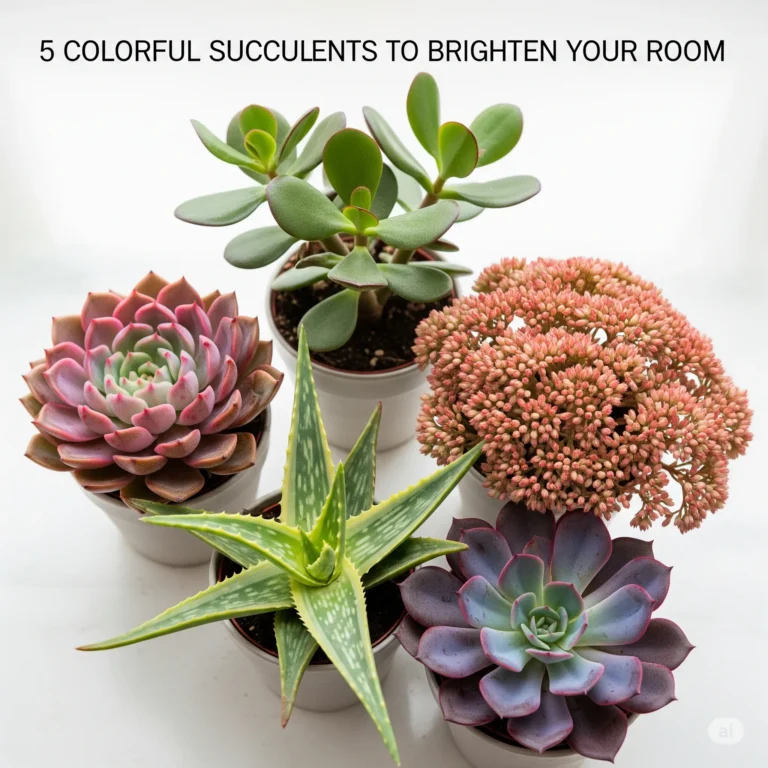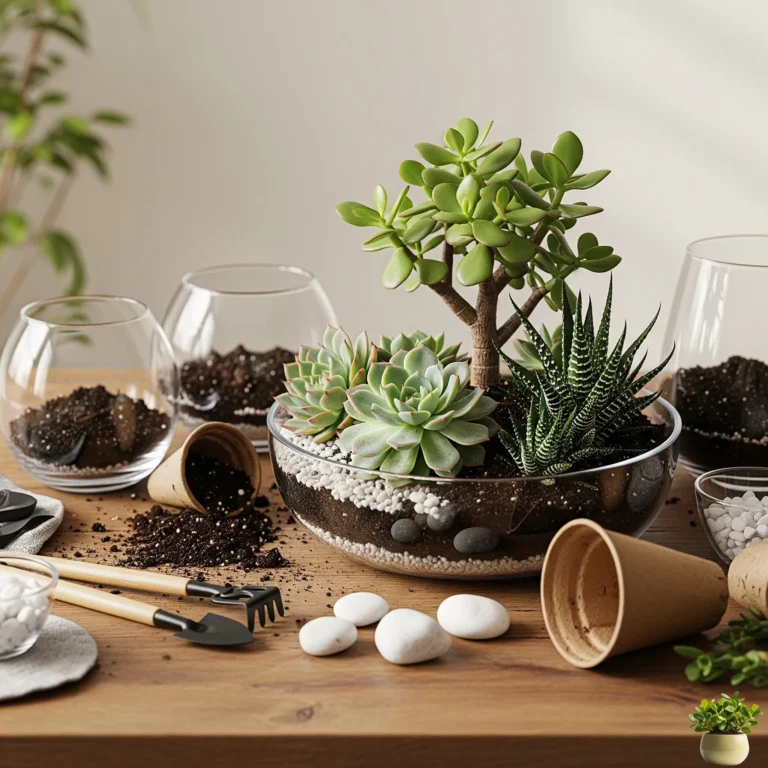Revive Your Dying Succulent: 5 Proven Fixes
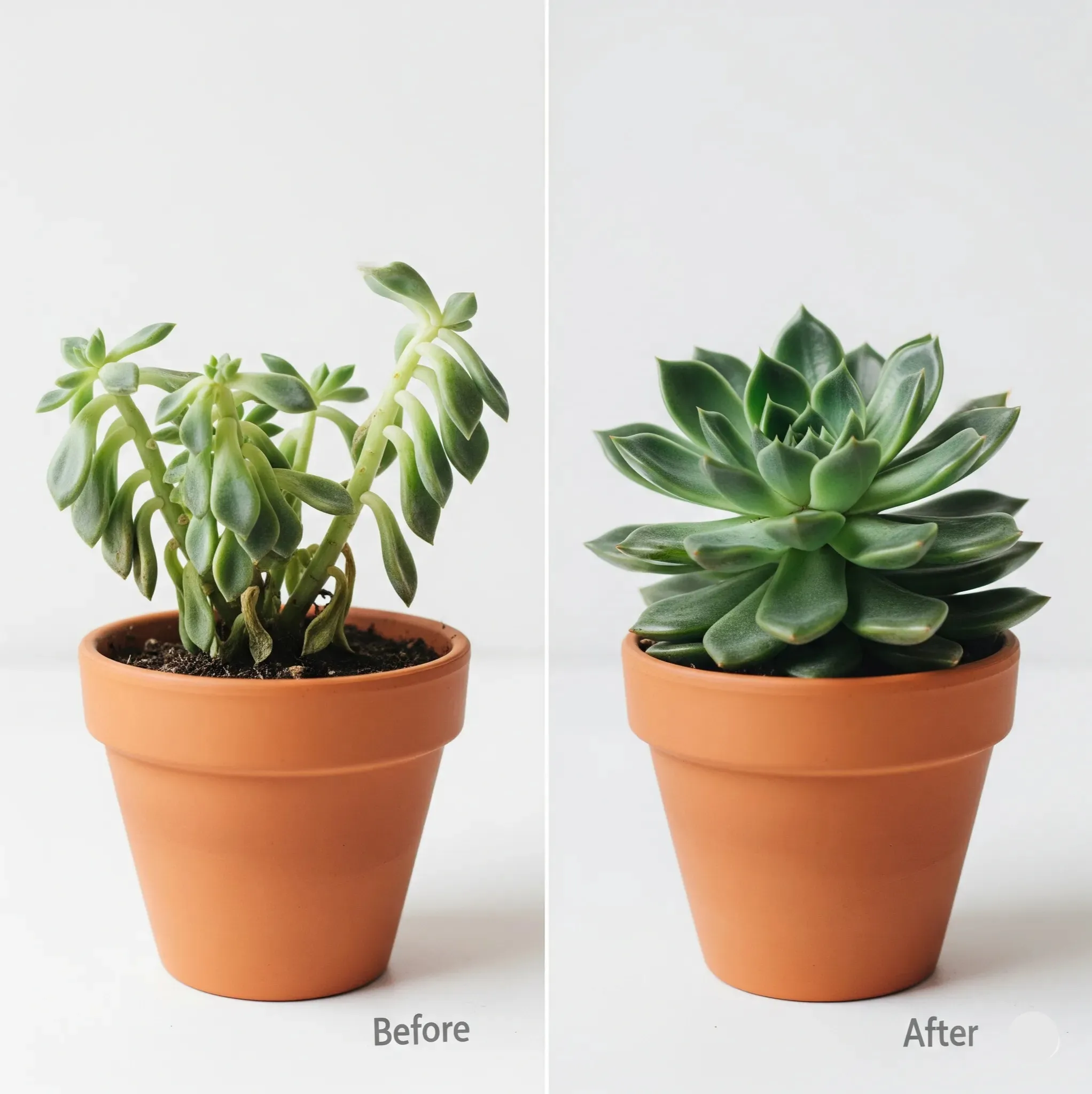
Don’t panic if your beloved succulent is looking worse for wear! Learning how to revive your dying succulent is easier than you think. Even experienced plant parents face these challenges, and the good news is that most succulent problems are completely fixable. With the right diagnosis and swift action, you can bring your plant back to vibrant health using these five proven rescue methods.
Common Symptoms & Causes Checklist
| Symptom | Possible Cause | Solution Step |
|---|---|---|
| Mushy, translucent leaves | Overwatering | Remove rot, dry soil |
| Wrinkled, shriveled leaves | Underwatering | Water thoroughly |
| Leaves falling off | Stress or root rot | Check roots |
| Pale or stretched stems | Not enough sunlight | Move to brighter area |
| Leaf spots or mold | Fungal infection | Isolate and treat |
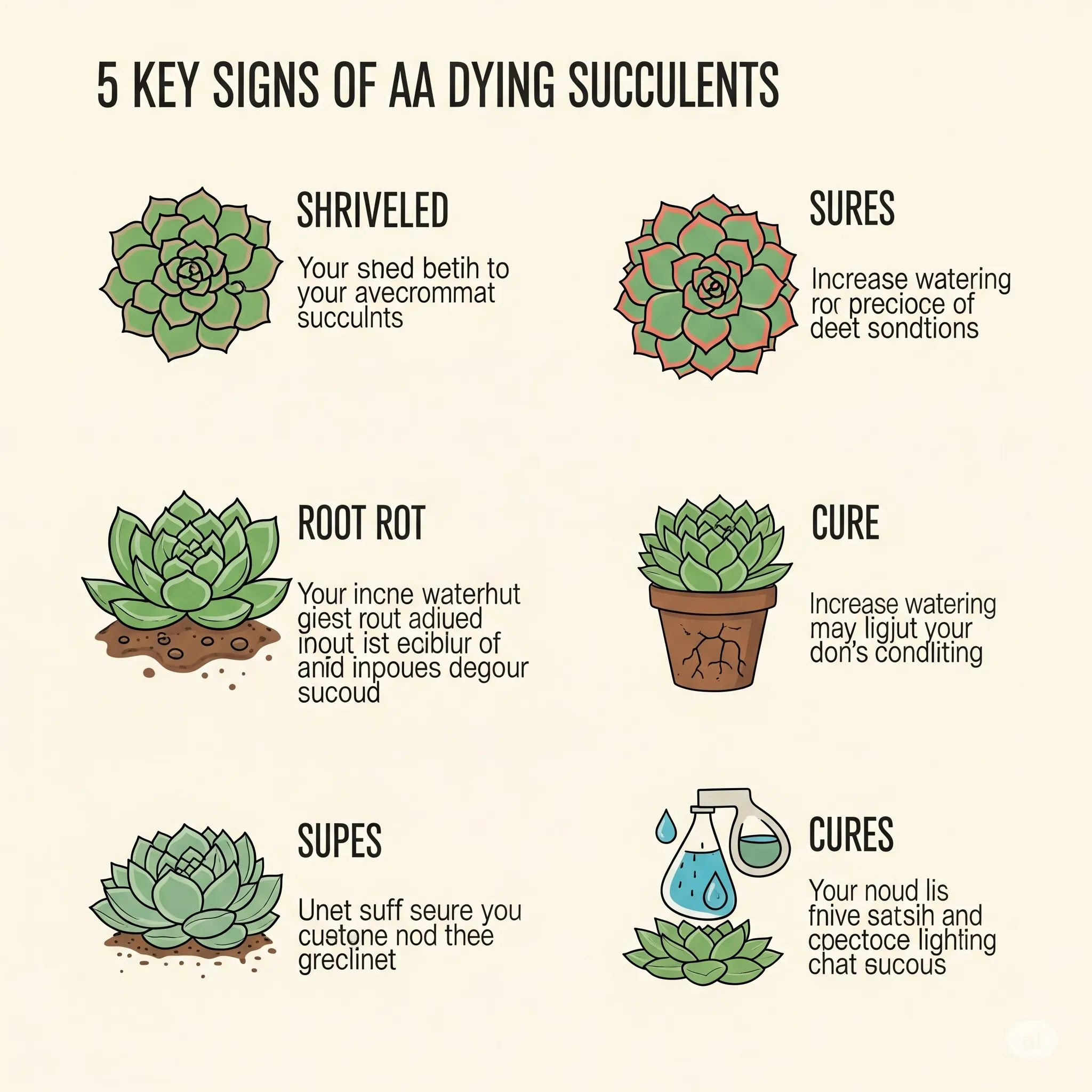
Fix #1: Check for Root Rot
The most critical step to revive your dying succulent is examining the root system. Gently remove your plant from its pot and inspect the roots. Healthy roots appear white or tan, while rotted roots look black, mushy, and smell unpleasant.
Action Steps:
- Trim away all black, mushy roots with clean scissors
- Let the plant dry for 24-48 hours to callous over cuts
- Repot in completely dry, well-draining soil
- Wait one week before watering to prevent further root rot
Fix #2: Adjust Your Watering Routine
Most succulent deaths result from watering mistakes. The “soak and dry” method works best: water thoroughly until it drains from the bottom, then wait until soil is completely dry before watering again.
Overwatering Signs: Mushy leaves, yellowing, soft stems Underwatering Signs: Wrinkled leaves, dry soil pulling from pot edges
Pro Tip: Water frequency changes with seasons – less in winter, more during active growing periods.
Fix #3: Improve Lighting Conditions
Inadequate light causes “etiolation” – stretching toward light sources, resulting in pale, weak plants. Most succulents need bright, indirect sunlight for 6+ hours daily.
Quick Fixes:
- Move plants closer to south-facing windows
- Rotate weekly for even growth
- Consider LED grow lights for dark indoor spaces
- Gradually acclimate plants to prevent sunburn
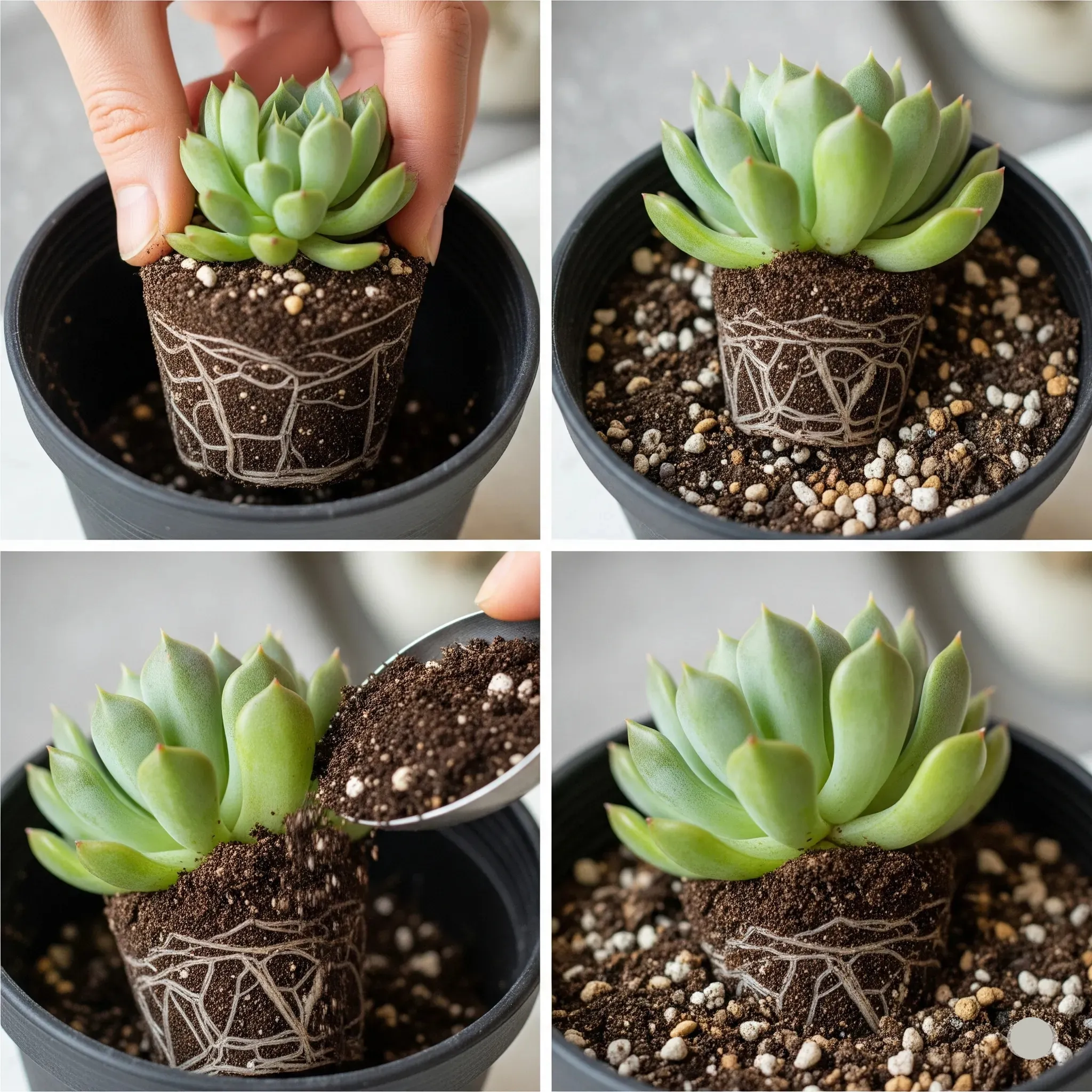
Fix #4: Replant with Proper Soil
Regular potting soil retains too much moisture for succulents. Proper drainage prevents the root rot that kills most plants.
Best Soil Mix:
- Commercial cactus mix + 30% perlite
- Or DIY: equal parts potting soil, coarse sand, and perlite
- Ensure pots have drainage holes
Avoid: Heavy, moisture-retaining soils that suffocate roots
Fix #5: Remove Dead Growth & Isolate
Pruning diseased parts prevents spread and redirects energy to healthy growth. Remove any mushy, discolored, or spotted leaves immediately.
Steps:
- Use clean, sharp scissors or pruning shears
- Cut at the base of affected leaves
- Isolate sick plants from healthy ones
- Save healthy leaves for propagation opportunities
Bonus: Many “dying” succulents can be propagated into multiple new plants!
Conclusion
Successfully learning how to revive your dying succulent comes down to accurate diagnosis and swift action. Most problems stem from watering issues, poor drainage, or inadequate lighting – all easily correctable with these five proven fixes.
Remember, succulents are incredibly resilient plants that often bounce back stronger than before. Don’t give up on a plant that looks beyond hope – with proper root inspection, adjusted watering, better lighting, quality soil, and removal of damaged parts, you’ll be amazed at what these hardy plants can survive.
Start by identifying your plant’s specific symptoms using our checklist, then apply the corresponding fix. Keep a simple care calendar to track watering and light exposure, preventing future problems. Most importantly, be patient – succulent recovery takes time, but the results are incredibly rewarding.
Your succulent rescue success story is just five steps away!
